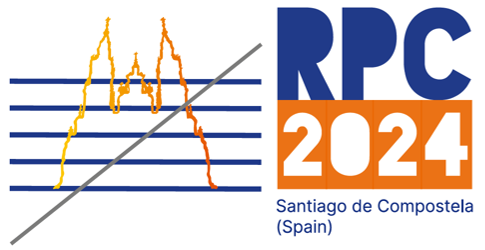Speaker
Description
Resistive Plate Chamber (RPC) detectors in the Compact Muon Solenoid (CMS) experiment operate with a gas mixture comprised of 95.2% of C2H2F4, that provides a high number of ion-electron pairs, 4.5% of iC4H10, that ensures the suppression of photon-feedback effects and 0.3% of SF6, used as an electron quencher to further operate the detector in streamer-free mode. C2H2F4 is known to be a Greenhouse gas with a global warming potential (GWP) of 1430. Several ECO-friendly alternatives to C2H2F4 have been studied in the last few years. In this context, one short-mid term approach for the next years of the Large Hadron Collider (LHC) operation could be to focus on reducing the GWP of the RPC gas mixture by adding CO2 in the place of C2H2F4. The studies are done at CERN Gamma Irradiation Facility (GIF++) in the North Area of SPS, where a 13.6TBq radiation source and a muon beam from SPS are used to mimic the conditions of Phase-II of LHC. This work will present the performance and aging of a 1.4mm gap RPC chamber with three different CO2 based mixtures under a high gamma background, as well as the first results after 80 mC/cm2 integrated charge in the longevity campaign.
